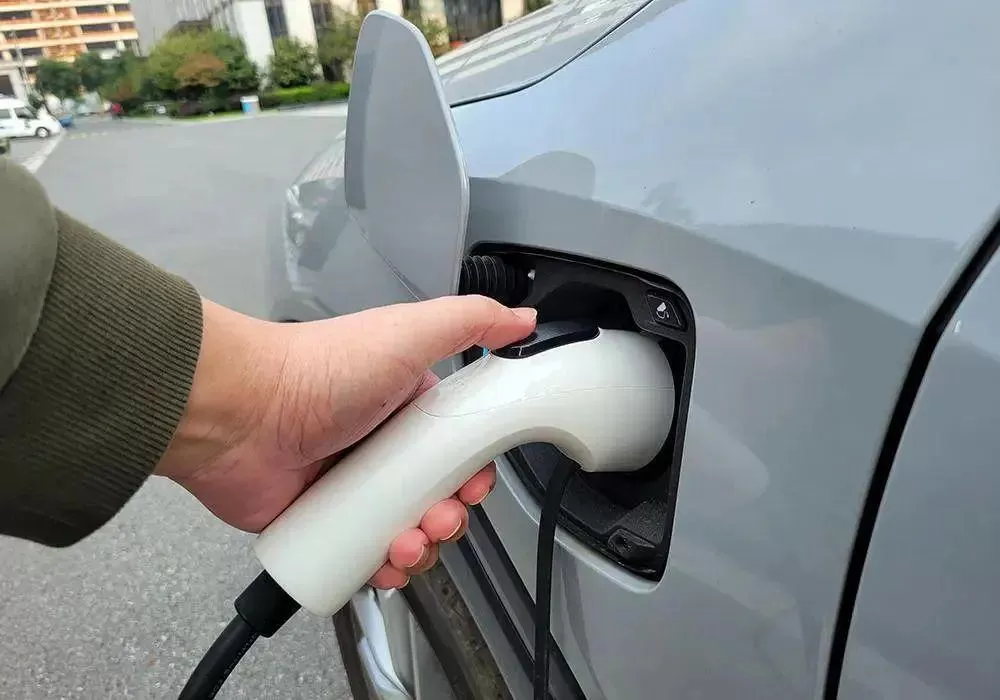Since the release of the Xiaomi SU7 Ultra, I've received numerous requests via messages and social media to discuss it. I’ve delayed until now because I was busy testing cars and filming in the mountains of Chongqing at the time. I also wanted to let the initial hype settle down a bit and observe the broader reactions. Without further ado, let’s dive into some of the main points of interest.
The SU7 Ultra launch happened just around the time Xiaomi set a Nürburgring lap time record of 6 minutes and 46 seconds. The online debate, especially among Xiaomi fans, erupted: is the 800.000+ yuan production version of the SU7 Ultra the same as the prototype that set the record on the Nürburgring?
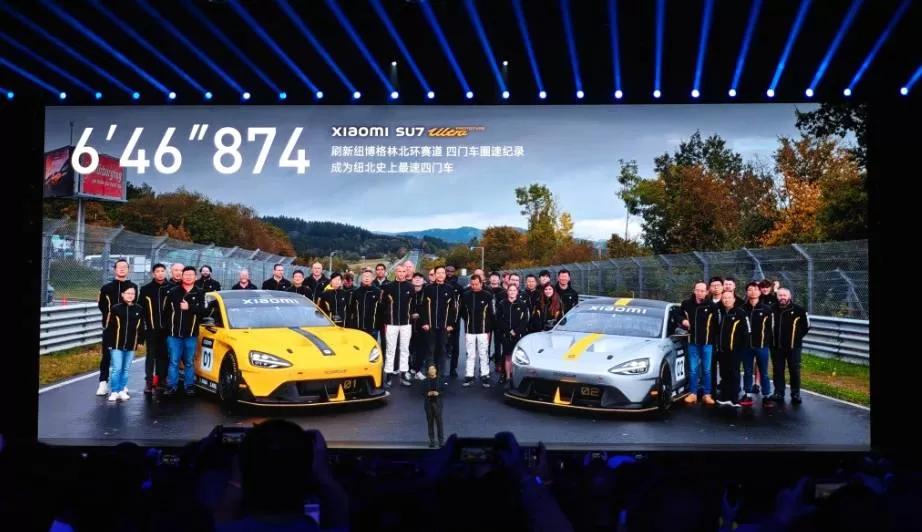
Definitely not. If it were, the official announcements would have mentioned breaking the record for a "production" four-door electric car at Nürburgring, and knowing Xiaomi, they would’ve emphasized the word "production." At Nürburgring, whether a car is production-spec is crucial. I’ve already discussed Xiaomi’s Nürburgring attempt in detail on my show a few months ago. In short, Nürburgring isn’t a racing event or a performance standard; it’s simply a track with a lot of variety—length, elevation changes, and road conditions—located in the heart of Europe near many major car manufacturers, so many automakers use it to test and validate their cars.
So, achieving a fast time with a non-production car isn’t particularly meaningful, especially for electric cars. Making an EV fast is relatively easy: electric motors have high torque, and you can add more motors if one isn't enough. The Xiaomi car used at Nürburgring had three motors. So, if you’re willing to spend the money, building an EV to set a record is technically straightforward. With enough budget, you don’t even have to do it yourself; there are plenty of professional teams who will handle everything, from assembly to lap timing, leaving you to just provide the exterior design data and modeling for your car.
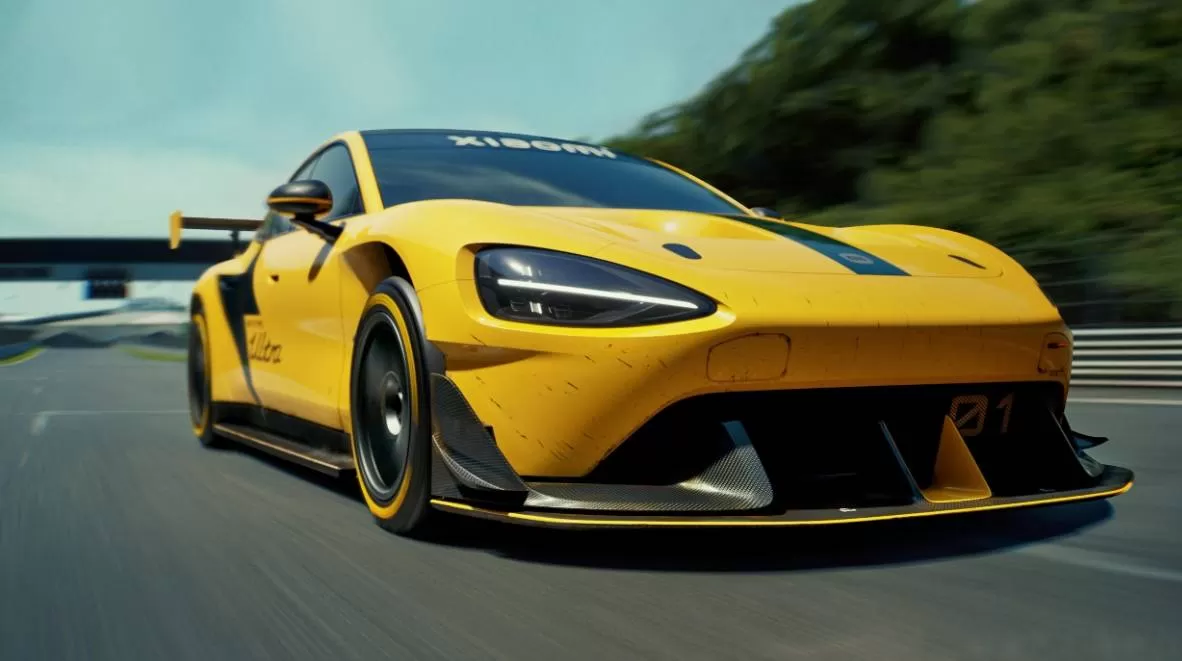
I saw a recent interview clip of Lei Jun where he candidly said that although they broke a record, Xiaomi is still far behind Porsche. Porsche set their record with a true production car in large quantities. This shows that Xiaomi is really aiming for Porsche, not just indulging fans. I also checked some international comments, and the buzz was far less intense than in China, with some sneering remarks. But I think that’s just envy—after all, it proves we can afford it, and as Batman said, “My superpower is being rich.” If they don’t like it, they can bite us.
Returning to the production SU7 Ultra, is it expensive at over 800.000 yuan? I don’t think so. The costs of car-grade carbon fiber components, ceramic brakes, and Bilstein EVO T1 suspension are well-known and transparent. Not to mention the expenses for the car itself, the three motors, and the battery pack. Xiaomi is practically giving this car at cost—it’s really just “making friends.”
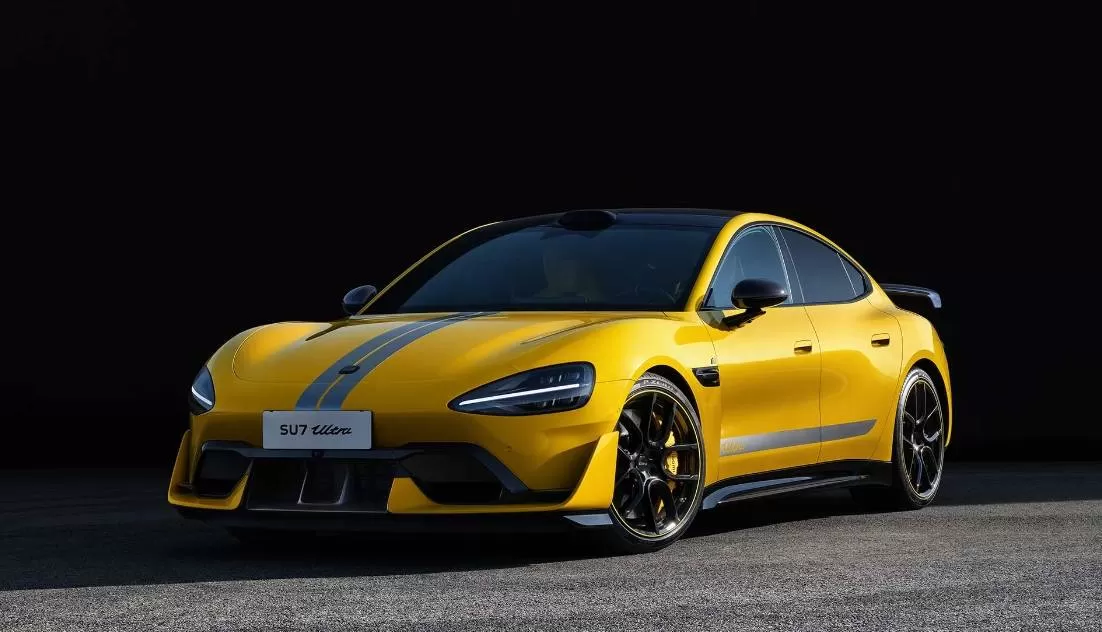
Is it worth it? In my opinion, no. All the high-performance features on this car achieve only one major selling point: 0-100 km/h acceleration in 1.98 seconds, with minimal skidding and solid braking. But realistically, that performance has limited real-world value because you’ll hardly ever get to use it. Some might argue that I’m underestimating their driving skills, but this isn’t about skill or road conditions; most people have no concept of what 1.98-second acceleration feels like.
To achieve such acceleration, the car’s average speed increase is around 14 m/s2. To put that into perspective, gravity is 9.8 m/s2. So, for example, bungee jumping involves acceleration of around 2.83 seconds from 0-100 km/h. Now, would you go bungee jumping? And if so, could you endure 1.4 times that acceleration, keeping your foot floored and steering straight without flinching? You see, spending over 800.000 yuan on a car with a 0-100 km/h spec you’ll rarely use may not feel worth it.
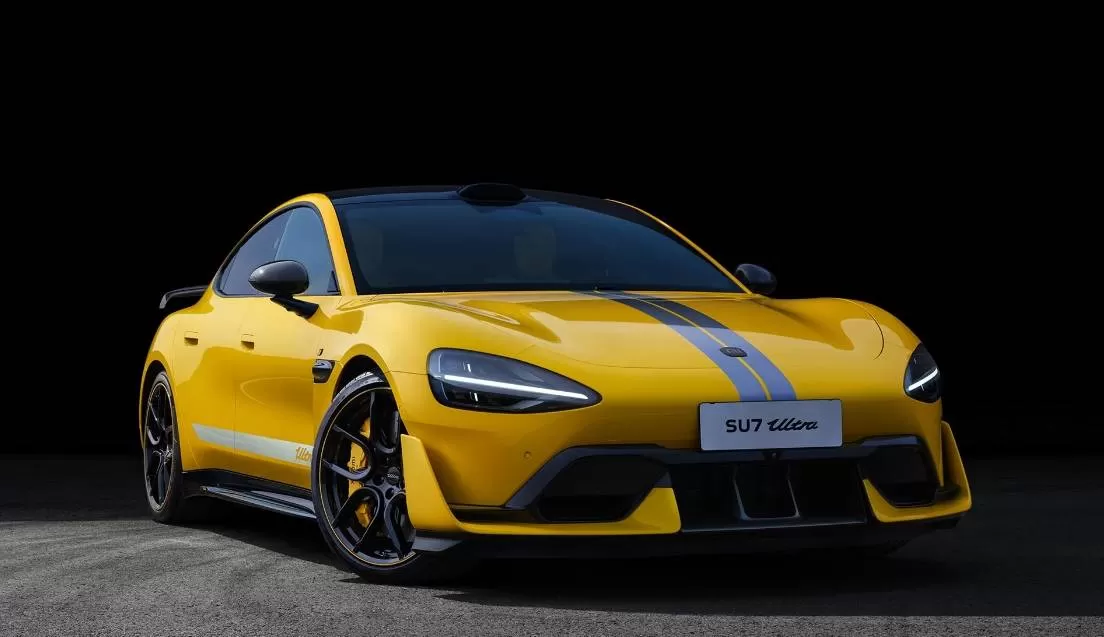
Sure, you could argue that speed isn’t everything—what about the high-end carbon fiber, brakes, and suspension, the kind found on supercars worth over 3 million yuan? The problem is that, while impressive, these parts need to be matched with the right car. It’s like adding attributes in a game; no matter how strong they are, they need the right character. There are plenty of cars focused on performance and speed; why doesn’t everyone go all out with them? Using golden tools for basic tasks doesn’t make much sense.

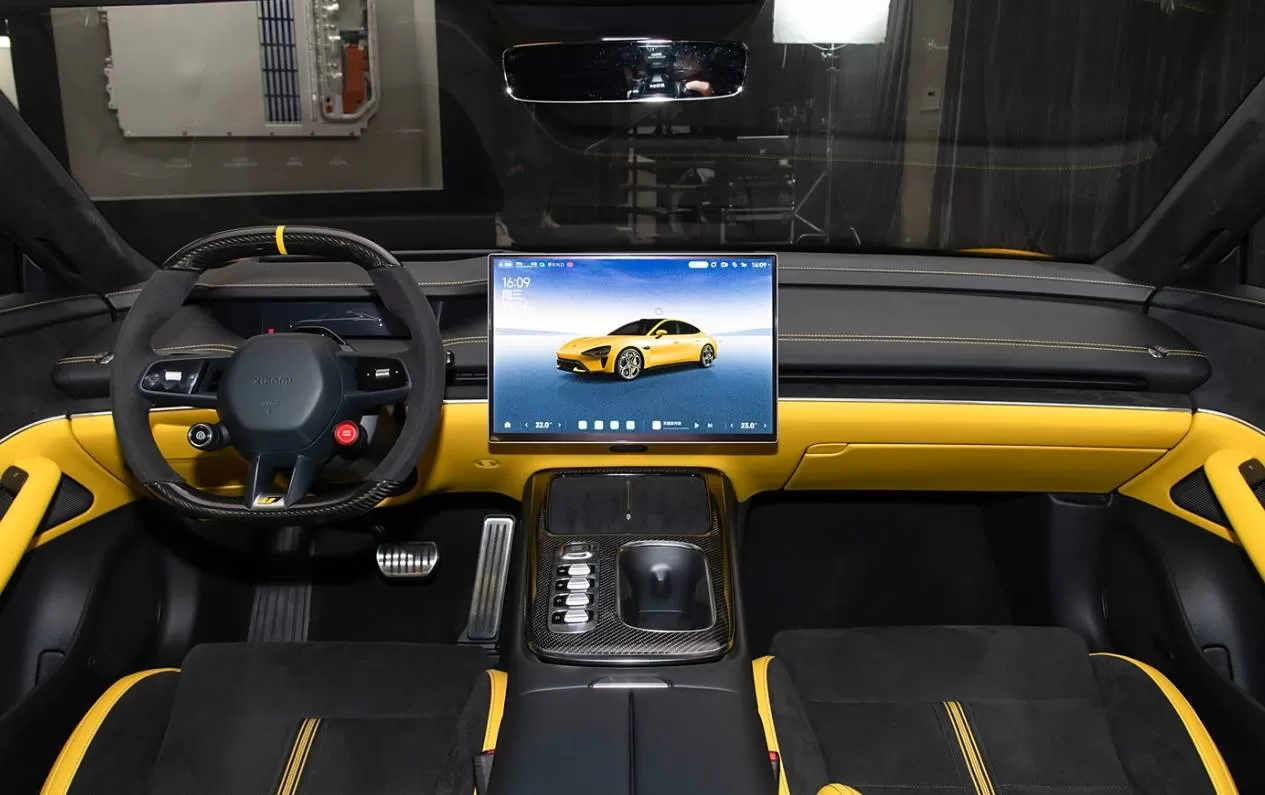
Some people have endless money and buy things just to show off their wealth. For them, practicality, value, or logic are obstacles rather than selling points. The 20.000-yuan Huawei foldable phone, for example, is in short supply because it’s all about exclusivity. But for such show-off products, at least two conditions are necessary: first, the product must have high entry barriers, and second, it must have high recognizability. But look at the SU7 Ultra; technically, any EV company can do what Xiaomi did.
As for those high-cost parts, they’re widely available, and even larger aftermarket shops can install them if you have the budget. The biggest drawback is that it doesn’t look much different from the 200.000-yuan standard SU7. Soon enough, many shops will offer custom kits to make a standard SU7 look just like the Ultra for a fraction of the cost. So all you’re left with is the 1.98-second acceleration spec, but it’s not something you can show off easily. Wouldn’t that frustrate wealthy buyers?
Conclusion
In conclusion, while the SU7 Ultra has generated a lot of buzz, and some people have already put down refundable deposits, I doubt many will actually purchase it. When I think about it, I can only imagine two types of buyers: hardcore Xiaomi fans who can truly afford it, and those who are so wealthy that 800.000 yuan means nothing. For them, the thrill is getting likes on social media or seeing friends' complex reactions: “Wow, you really went for it!”

